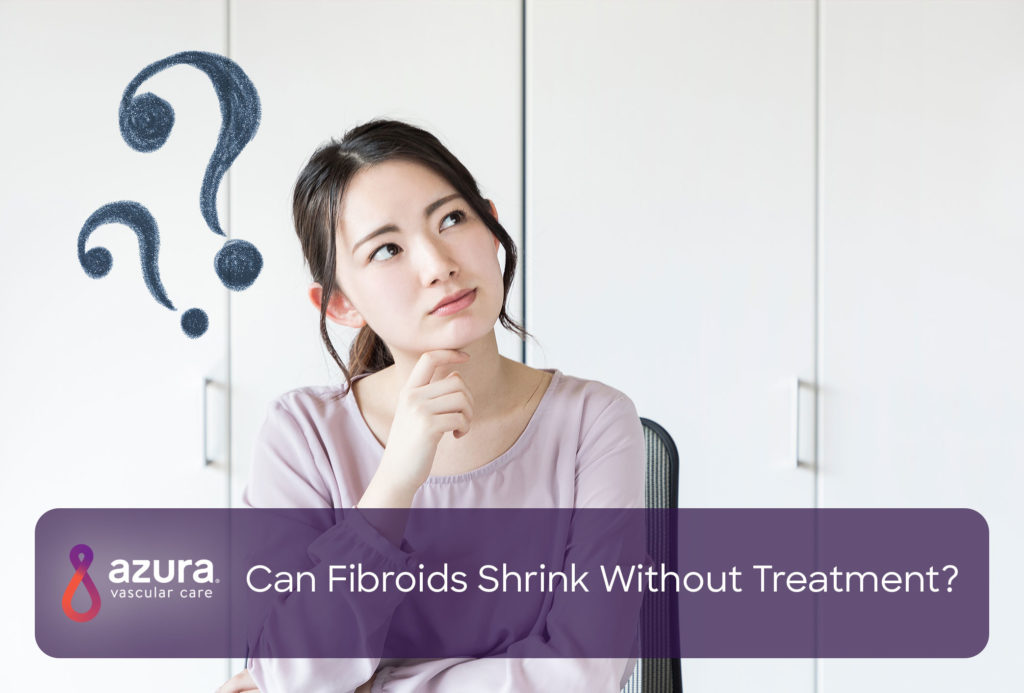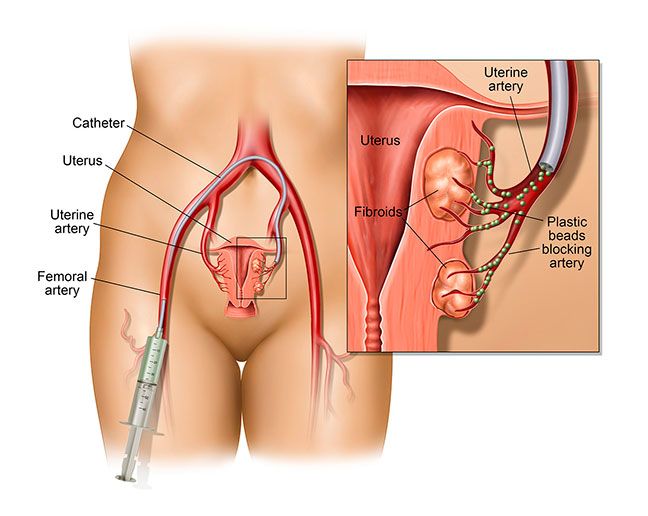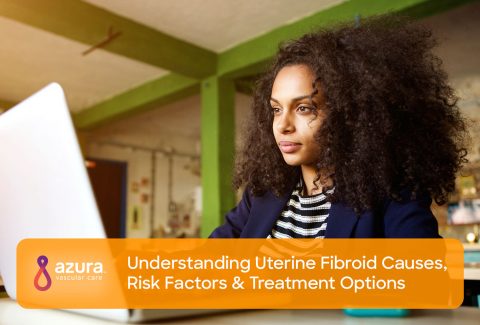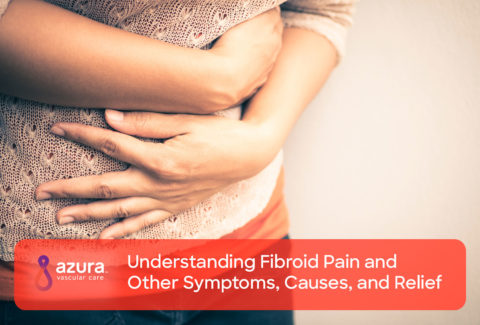
If you’ve been diagnosed with uterine fibroids, you’ve probably wondered, “Can fibroids shrink on their own?” Well, it depends on your age and possibly a few other factors.
Uterine fibroids seem to grow in response to a woman’s estrogen production. And, because most fibroids stop growing or may even shrink as a woman approaches menopause, your doctor may recommend “watchful waiting,” depending on your symptoms and how close you are to the age of menopause. Watchful waiting means that the doctor will monitor your symptoms to ensure that there is no indication the fibroids are growing or that your fibroids are causing any significant symptoms.
Unless fibroids are causing discomfort, excessive bleeding, or bladder problems, treatment may not be necessary. You should be evaluated regularly to discuss your symptoms and to monitor the size of your fibroid and uterus. Your doctor will conduct pelvic and abdominal examinations to evaluate size.
Can Fibroids Shrink and Disappear on Their Own?
Fibroids can increase in size at different rates in each person. Some people experience rapidly growing fibroids with worsening symptoms, whereas other women hardly notice their fibroids and they gradually disappear on their own. A fibroid-friendly diet rich in fruits, leafy green vegetables, whole milk, and eggs, and low in fats and red meat, may slow the growth of fibroids or reduce symptoms.
Other Treatment Options for Uterine Fibroids
Fibroids are likely to grow each year until menopause, but it isn’t a foregone conclusion that you need treatment. For women whose fibroids are large or are causing significant issues, treatment may be necessary. Your doctor will determine your treatment based on: (i)

- Your overall health and medical history
- The extent of your fibroids
- Expectations for the course of your condition
- Your desire to become pregnant
- Your tolerance for specific medications, procedures, or therapies
- Your preference
There are several options for shrinking fibroids without surgery:
Medications may temporarily improve symptoms like pain and bleeding but don’t make the fibroids disappear permanently. If you have heavy bleeding, it may be beneficial to explore medication options before having a procedure (ii). Medications include: (iii)
- Nonsteroidal anti-inflammatory drugs, such as aspirin, ibuprofen and naproxen
- Hormonal contraceptives, including birth control pills, vaginal ring, or shots
- Tranexamic acid, a nonhormonal medication taken during the menstrual cycle
- Leuprolide acetate, which reduces estrogen production, creating a temporary menopause
Contraceptives may be more appropriate for younger, sexually active women, whereas older women may prefer nonhormonal treatment (iii). Doctors typically discourage hormone therapy for those with a history of heart attack, stroke, blood clots, or breast cancer, or smokers age 35 or more (iii). Luckily, side effects of these remedies are typically mild, but some women notice breast tenderness, weight gain, mood changes, or stomach aches (iii).
Uterine fibroid embolization (UFE) is a minimally invasive treatment option that has an 85 percent success rate (iii). Appropriate for women who have an enlarged uterus, the procedure uses imaging to identify the artery that supply blood to the fibroids in the uterus. Once found, blood flow to the fibroids is blocked, depriving them of nutrients and shrinking fibroids without surgery.

UFE is recommended for women who are currently not pregnant and have symptomatic uterine fibroids such as excessive bleeding, cramping, pelvic pain, bloating or frequent urination.
Another option is endometrial ablation, which destroys the lining of the uterus. An option for women with a normal-sized uterus and small fibroids, ablation is recommended for women ages 45 and older because pregnancy is no longer possible after this procedure and can increase the risk of hysterectomy for younger women (iii). In fact, a study found that approximately 40 percent of women age 40 or younger who had endometrial ablation later had a hysterectomy (iii).
For more information about UFE, download our free fact sheet, Understanding Uterine Fibroid Embolization. To learn if you’re a candidate for UFE, call 844-UFE-CARE (833-2273) today to schedule an appointment with a vascular specialist.
Sources:
(i) UCLA Health. (n.d.). Fibroids. Retrieved December 10, 2018, from http://obgyn.ucla.edu/fibroids.
(ii) University of California San Francisco Health. (n.d.). Fibroids treatment. Retrieved December 10, 2018, from https://www.ucsfhealth.org/conditions/fibroids/treatment.html.
(iii) Bradley, L. (2016, February 05). Treat your most troublesome fibroids – without a hysterectomy. Retrieved December 10, 2018, from https://health.clevelandclinic.org/treat-troublesome-fibroids-without-hysterectomy/

![She Said “NO” to a Hysterectomy [Patient Story]](https://www.azuravascularcare.com/assets/She-Said-no-to-a-Hysterectomy-480x325.jpg)
